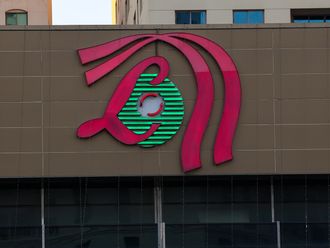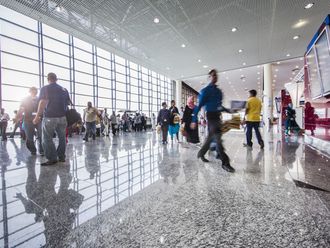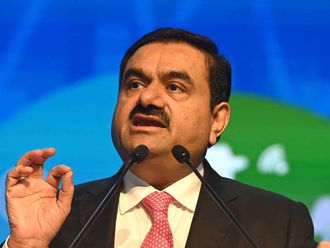
Amazon.com Inc. unveiled a new artificial intelligence tool designed to solve a major pain point in its quick delivery apparatus: drivers rummaging through cluttered vans at each stop searching for packages.
The technology projects a green circle on packages to be delivered at each stop and red Xs on those to be delivered later, Amazon said Wednesday at a Nashville media event focused on its logistics and online shopping initiatives.
Called Vision Assisted Package Retrieval and in development since 2020, the tool will be deployed in 1,000 Amazon vans next year and will shorten the typical delivery route by about 30 minutes, the company said.
The tool uses computer-vision technology initially developed in Amazon warehouses to identify products without using barcode scanners. The technology was adapted for vans' cramped cargo areas and integrated with delivery-route navigation software.
"Delivery drivers will no longer have to spend time organizing packages by stops, reading labels or manually checking key identifiers like a customer's name or address to ensure they have the right packages," Amazon said in a release. "They simply have to look for VAPR's green light, grab and go."
The announcement underscores Amazon's shifting priorities under Chief Executive Officer Andy Jassy, who assumed the role from founder Jeff Bezos in 2021. Bezos wowed the media with grandiose announcements that looked far into the future, such as fleets of autonomous delivery drones "- a project still in the testing phase more than a decade after he announced it.
Under Jassy, who steered the company through layoffs and shuttered dozens of moonshot projects, the focus is on near-term efforts to shave costs and make Amazon's low-margin e-commerce business more appealing to Wall Street investors prone to fret about slim profits.
The Seattle-based company relies on a network of small businesses that use 100,000 vans and employ 390,000 drivers to deliver packages. By reducing delivery times, Amazon can limit what it has to pay these delivery service partners, which typically hire drivers paid by the hour.










